Not all flours are created equal — especially in France. For Canadian bakers exploring authentic French baking, understanding the difference between T45 and T65 is essential. These two flours define how your croissants, brioches, or baguettes will look, taste, and feel.
1. What Do “T45” and “T65” Mean?
French flours are classified by ash content — the natural mineral residue left after burning 100 g of flour in a lab. The number following “T” (short for type) indicates how refined the flour is. The higher the number, the more bran and minerals remain.
| Type | Ash Content (%) | Characteristics |
|---|---|---|
| T45 | ≈ 0.40 – 0.45 % | Very fine, soft wheat flour with a light color and low mineral content. Extremely refined and smooth, ideal for delicate doughs. |
| T65 | ≈ 0.62 – 0.70 % | Less refined, it retains a bit more of the grain’s outer layer for deeper flavour and more rustic texture. |
2. The Wheat Behind the Flours
According to Foricher, both the T45 and T65 flours are made from 100 % French soft wheat grown in the Loiret and Yonne regions. The wheat is CRC®-certified (Culture Raisonnée Contrôlée), ensuring environmentally responsible farming and traceability from field to mill. No enzymes, additives, or GMOs are used — only pure, natural wheat.
3. How They’re Used in France
- T45 – The Pastry & Sweet Dough Specialist: Used for viennoiseries like croissants, brioches, puff pastry, and even panettone. It provides exceptional extensibility and a soft, airy crumb. The Foricher Bagatelle T45 is specifically designed for laminated and yeast-based doughs that require elasticity and lightness.
- T65 – The Artisan Bread Flour: Chosen for its balance between structure and flavor. It’s the flour used for the French “baguette de tradition” — the only baguette legally protected by Label Rouge. T65 offers better water absorption and a more open crumb, perfect for rustic loaves and slow fermentations.
4. Key Differences in Practice
- Texture & Refinement: T45 yields lighter, smoother doughs that rise higher and have a fine crumb. T65 creates stronger, more elastic doughs with a slightly chewy texture and crisp crust.
- Color & Flavor: T45 gives a pale, buttery crumb suited for pastries. T65 gives a golden hue and a deeper, nuttier flavor — ideal for artisan breads.
- Water Absorption: T65 absorbs more water due to its higher mineral content, which helps build structure in bread. T45 requires less hydration but develops excellent extensibility.
- Protein Strength: Although both use soft wheat, T65 generally has slightly more gluten potential, allowing for strong doughs that hold gas during long fermentation.
5. Choosing Between T45 and T65 in Canada
For Canadian bakers and pastry chefs, the choice depends on what you’re crafting:
- Croissants, brioches, and panettone: Choose T45 for its fine texture and superior extensibility.
- French baguettes, country loaves, sourdough, and rustic breads: Choose T65 for its structure, crust, and flavor depth.
- Some artisans even blend both to balance softness and structure for hybrid recipes like milk bread or enriched sandwich loaves.
6. Why the Difference Matters for Canadian Bakers
Using true French flour changes everything. North American flours are often higher in protein but lack the softness and finesse of French milling. Foricher’s T45 and T65 allow Canadian bakers to create bread and pastries that rival those of a Parisian boulangerie — naturally aromatic, perfectly balanced, and made with pure French wheat.
Made in France 🇫🇷
Internal Links:
↳ Complete French Flour Guide | Label Rouge: The French Mark of Excellence | Why French Flour Is a Baker’s Secret Weapon

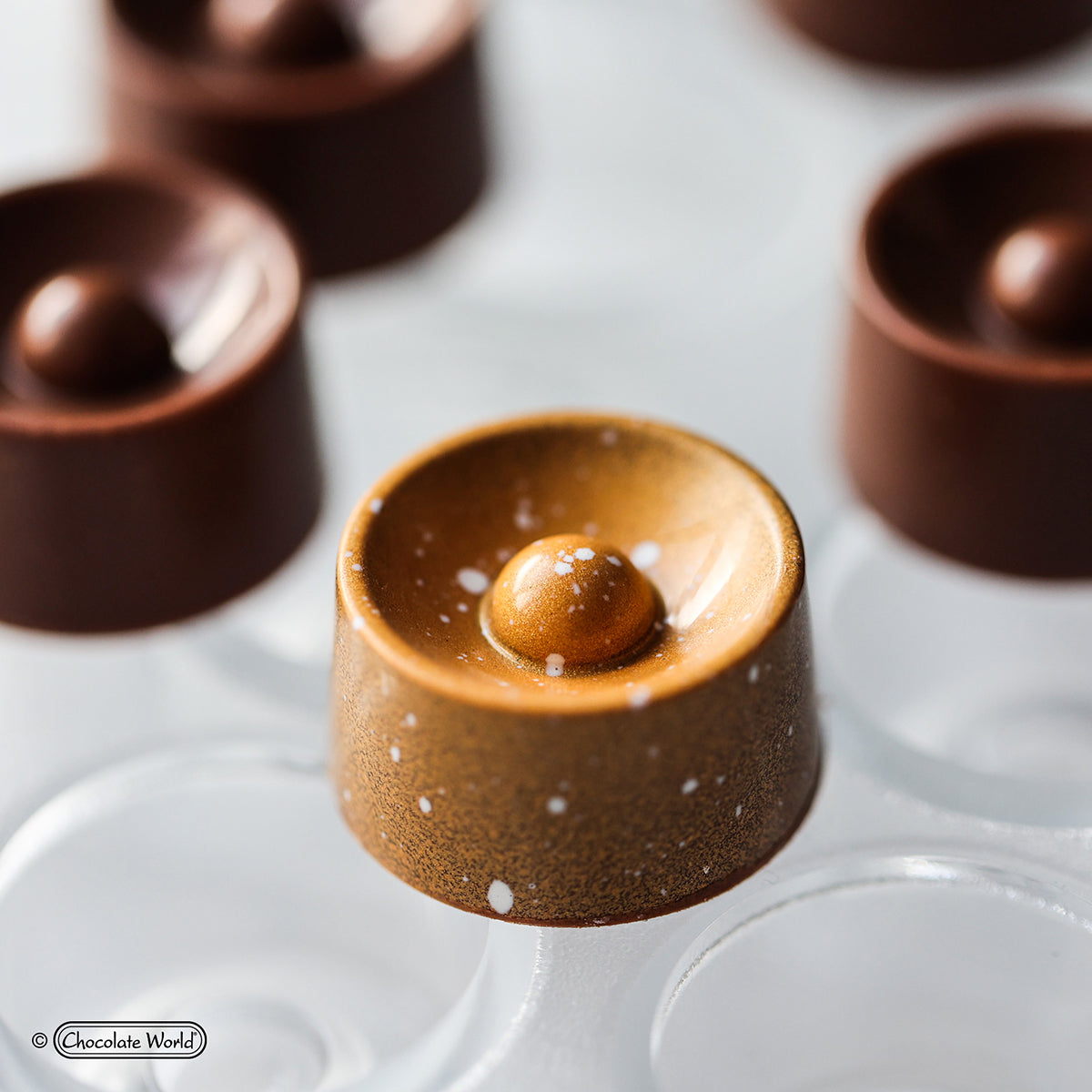
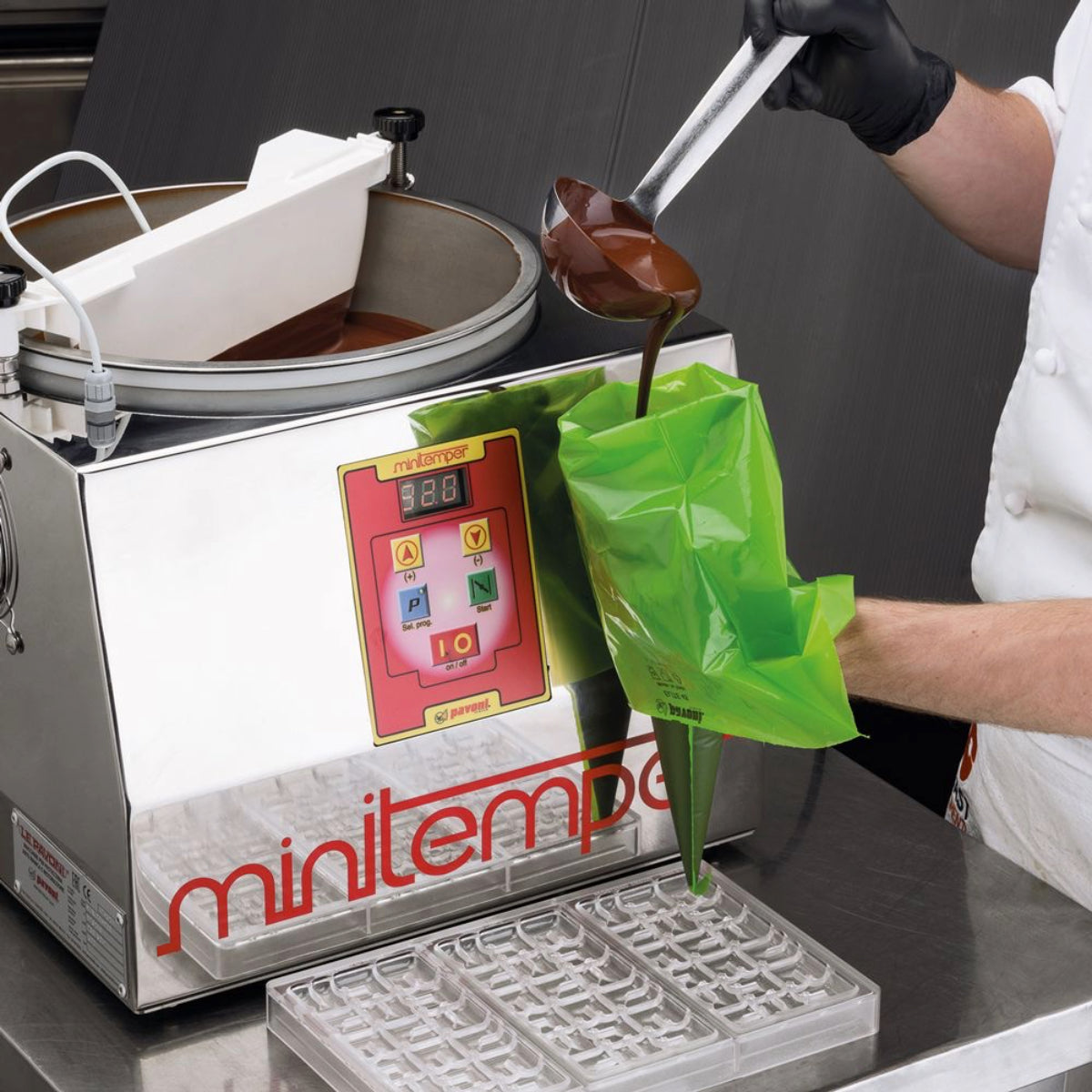
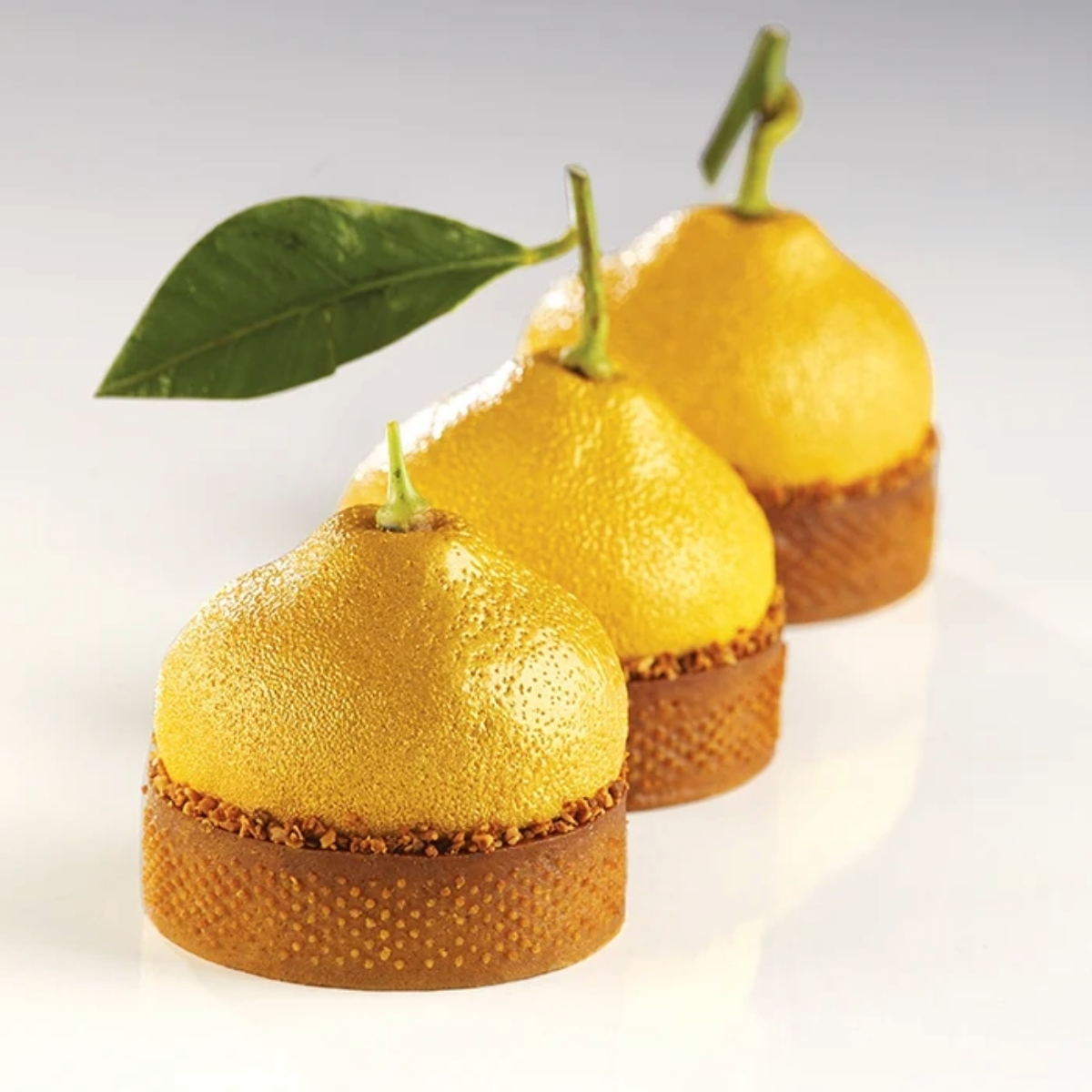
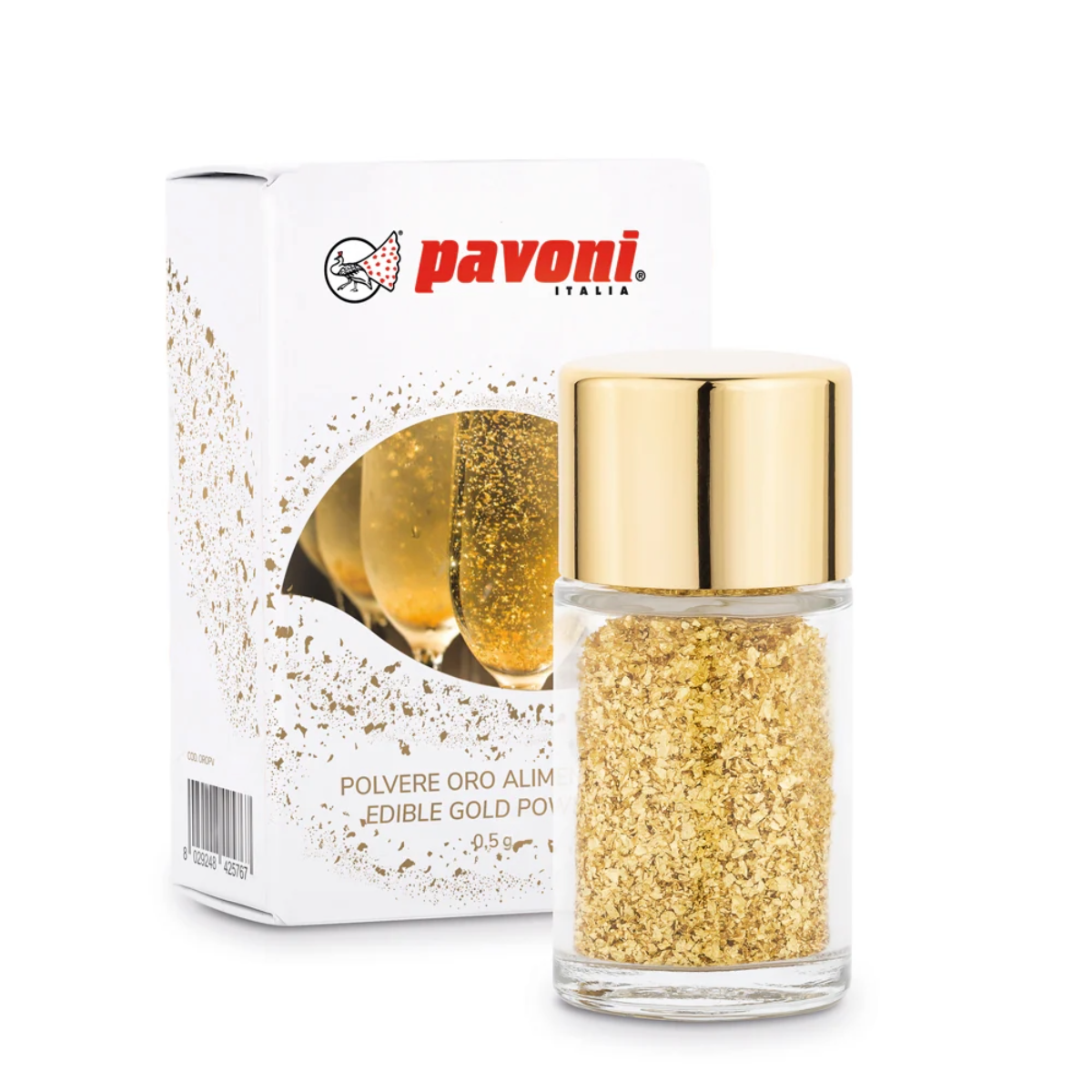
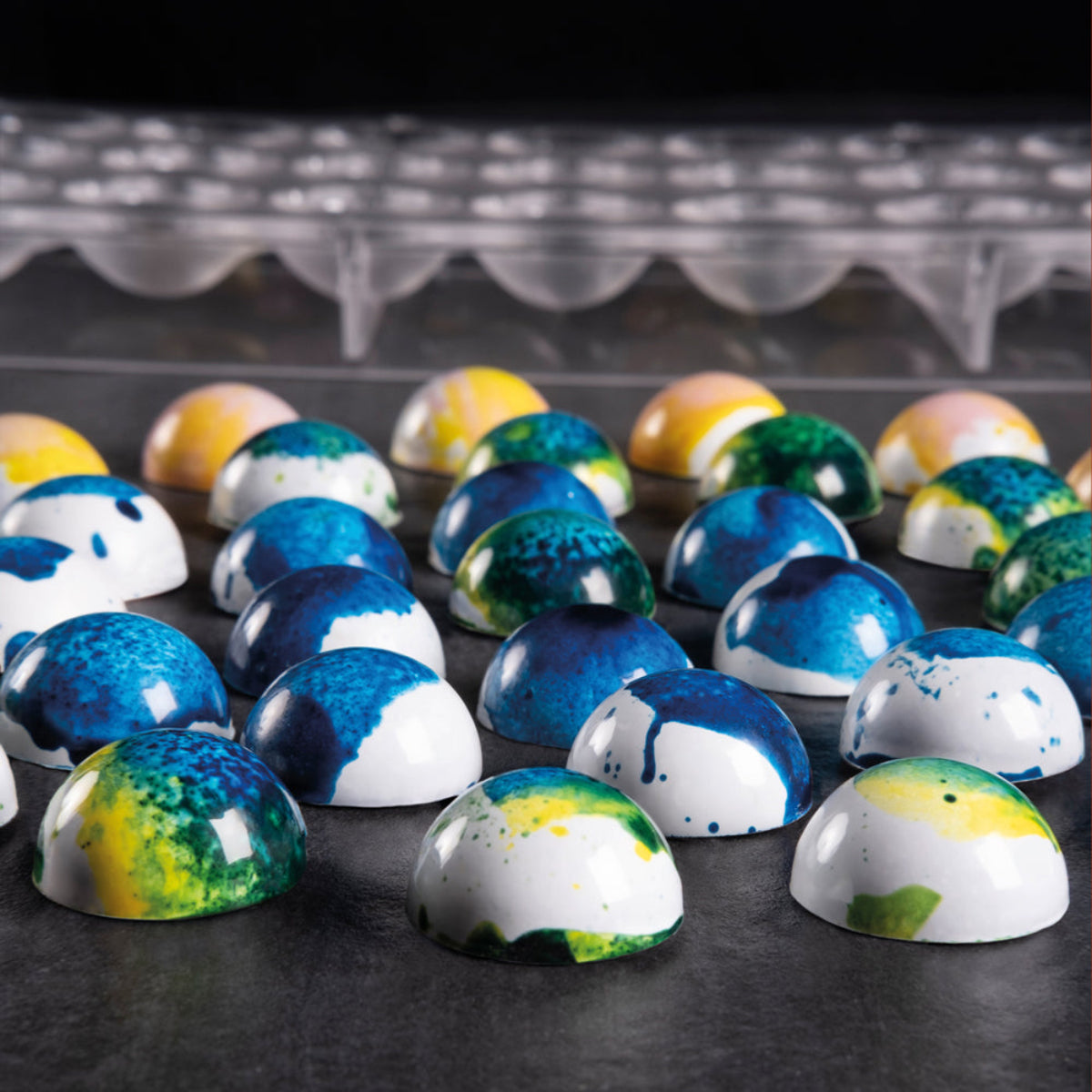



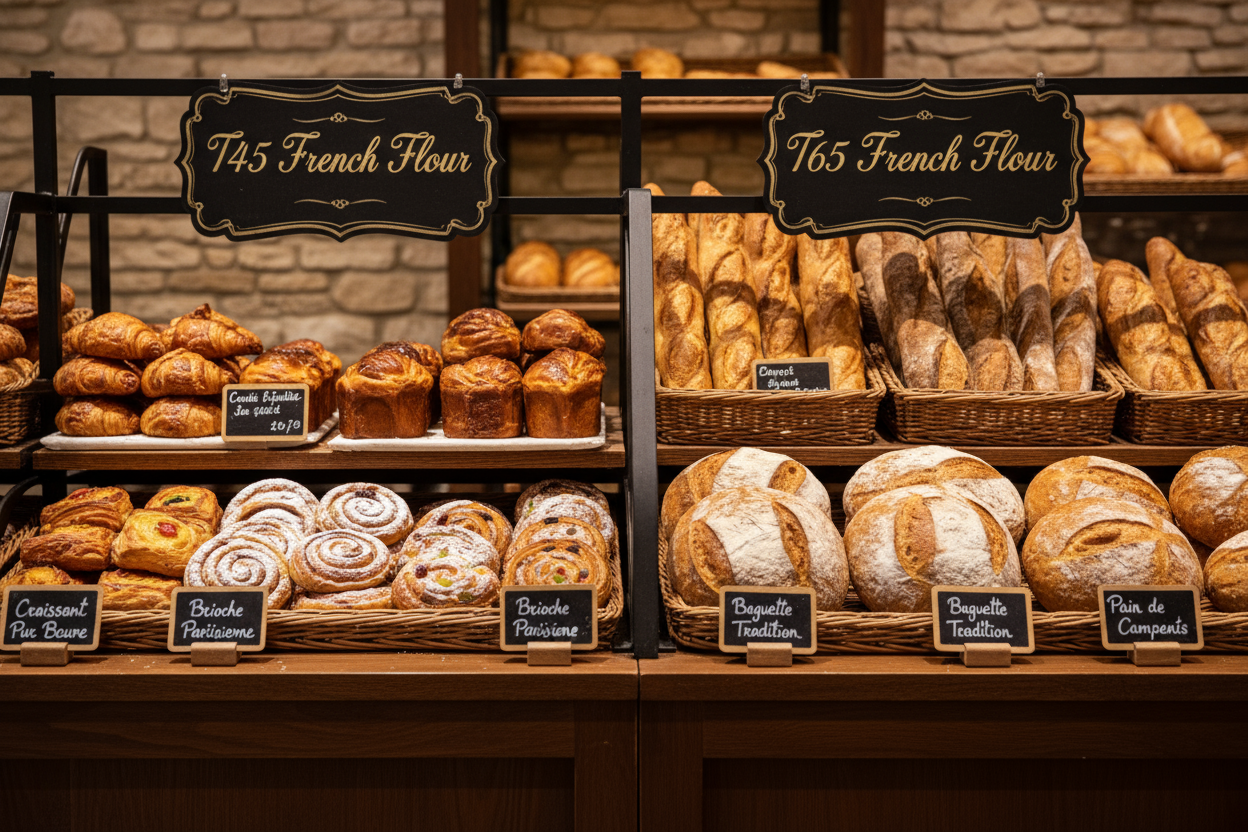



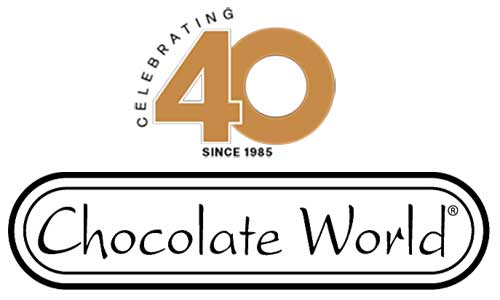

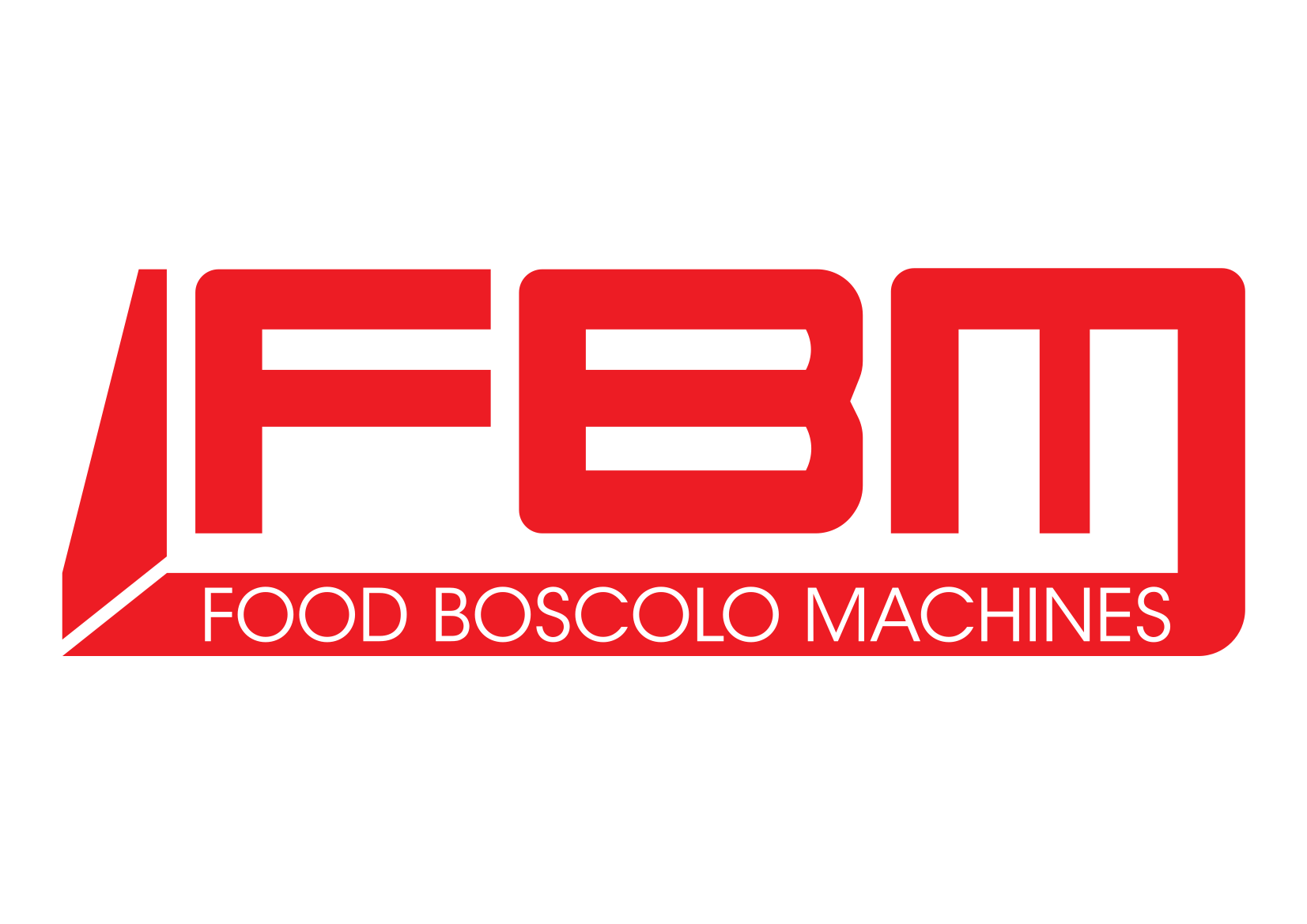
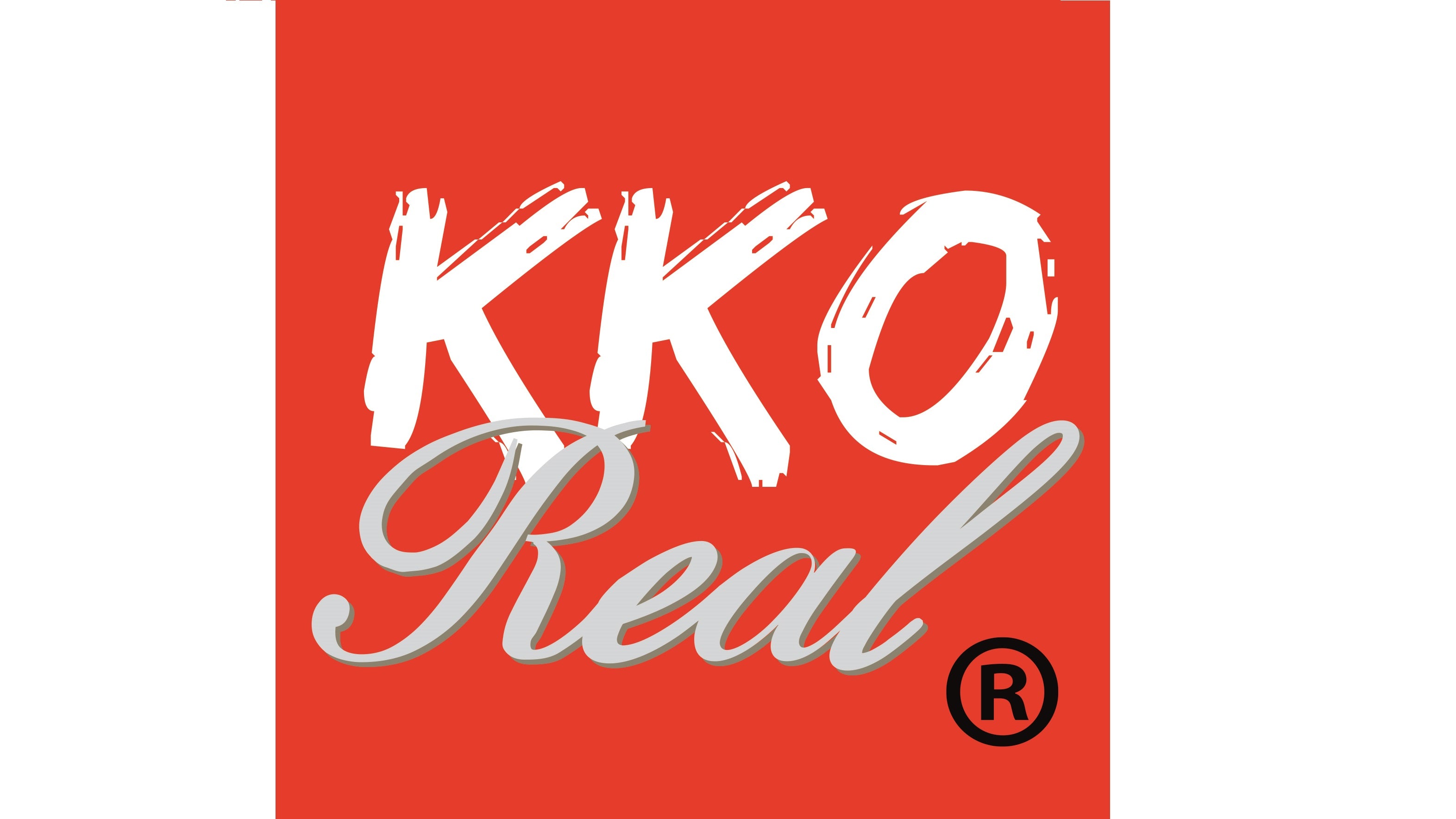


















Dejar un comentario
Todos los comentarios se revisan antes de su publicación.
Este sitio está protegido por hCaptcha y se aplican la Política de privacidad de hCaptcha y los Términos del servicio.